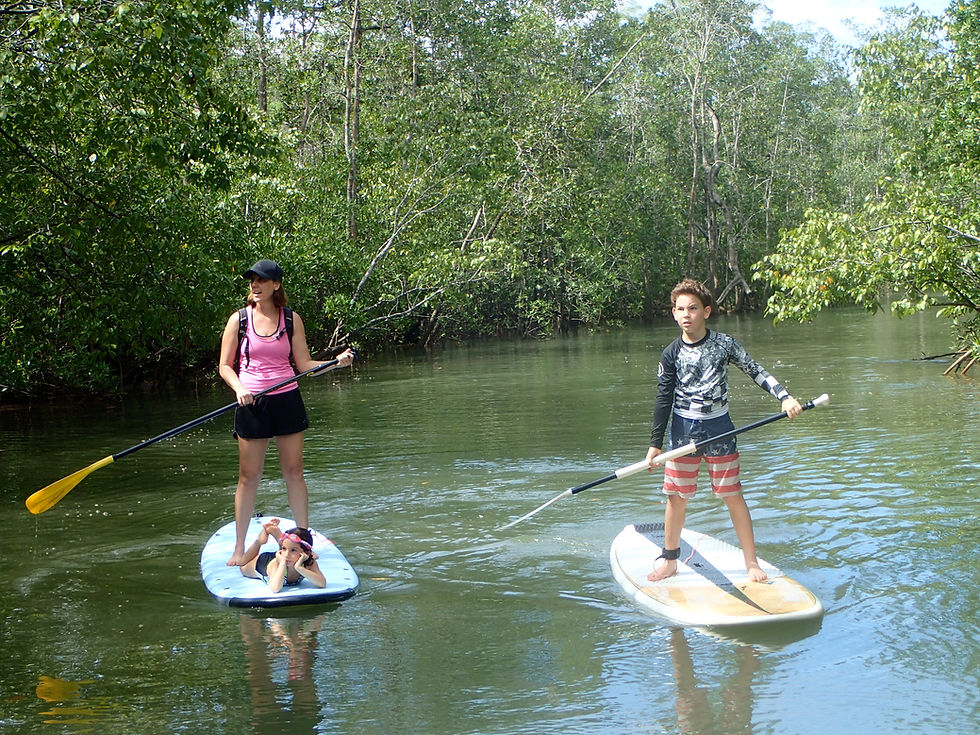If your up in the high mountains of the American West, the European Alps, or anywhere the spring is slow to arrive and nature is generously gifting you with an extended powder skiing season, you're either loving the opportunity to climb those mountains for uncrowded powder skiing slopes, or your cursing all your friends who are posting their tropical holiday photos on social media.
Those photos of dreamy tropical holidays likely include the obligatory palm tree covered lawn with a sandy beach and turquoise water horizon off in the distance with a sexy woman in a bikini. Makes you wish teleportation was a thing so you could order a frosty brew and climb in one of those hammocks under the palms with your favorite book and forget about the snow that continues to fall in the north.
I used to think the same thing when I was in Colorado and it was snowing in June but not anymore (pardon me while I get on my stump for a hot second). I have to say, I am so tired of that iconic "paradise" image it makes me want to hurl my computer at their marketing team.
The beautiful ladies I love to see along the beach and "Paradise," are the trees, mangroves, plants, and the wildlife that live among them. I want to walk my surfboard through the jungle and appreciate that the main goal of those palms who are surrounded by their mangrove besties is to protect the land I'm walking on from being swept away by the sea and protecting the shape of the waves I'm about to get pounded by (still working on my surfing skills).
What really makes our little spot magical are the trees that we live beneath and protect our land from erosion. The mangroves in front of our Eco Resort are the rarest in the world and facing extinction. We are fortunate for now to have two species of mangrove lining our estuary: tea leaf and red mangroves.
The Tea Leaf Mangrove is disappearing mostly because of coastal development but also as a result of the changing soil salinity levels due to climate change. It acquired its name because the leaves contain strong tannins that have been used medicinally in teas. It has beautiful white flowers and the fruits have a pointy end that plants the seed in the ground below when it falls off the tree.
The Red Mangrove is a more common and durable mangrove in the world which is easily identifiable by its long spidery roots. The seeds are easy to identify when found on the beach because they look like pencils and are fun to use for making drawings in the sand.
All mangroves have a complex job to do. Their roots protect the land from erosion, break up strong waves like tsunamis, serve as the nursery to the sea as a diverse breeding area, filter out pollutants, collect silt, and provide soil for seedlings.
The soil beneath the mangroves is so alive it's fun just to slow down, watch, listen and smell as it lives and breathes in front of you. It also happens to be one of the most powerful carbon-capturing ecosystems on the planet. Thanks for making it this far on todays email. It became a lot longer than I had planned. We invite you to come stay with us, paddle among the mangrove, get on a boogie board and float over the living sea below with a snorkel, and enjoy time exploring through this critically endangered eco system before its too late!
Your Friends in Morrillo, Cari and Ryan Mackey Owners and Hosts Morrillo Beach Eco Resort










Comments